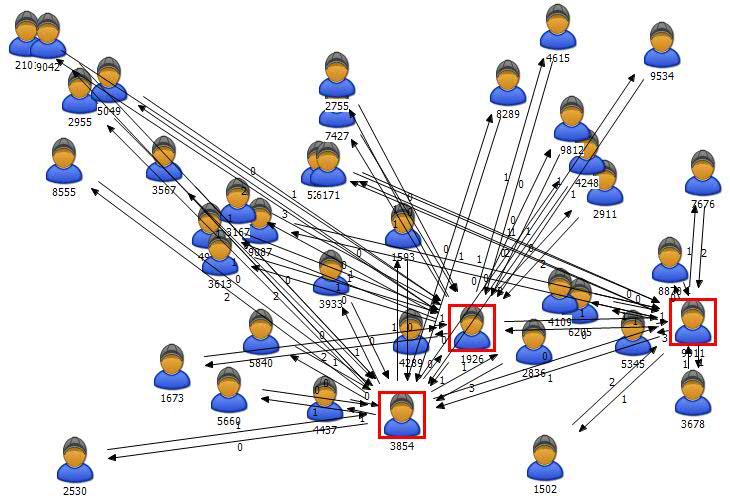Projekt nadrzędny
CAST - Dokumentacja techniczna
- Wstęp
- GEF
- Struktura pakietów
- Model wizualizacyjny
-
Diagramy schematyczne
- Model EditPart
- Figury
-
Algorytmy rozkładu
- Przykład
- Diagramy czasowe
- Extension points
Dokumentacja projektu

Ostatnio opublikowano: 12-12-2008
